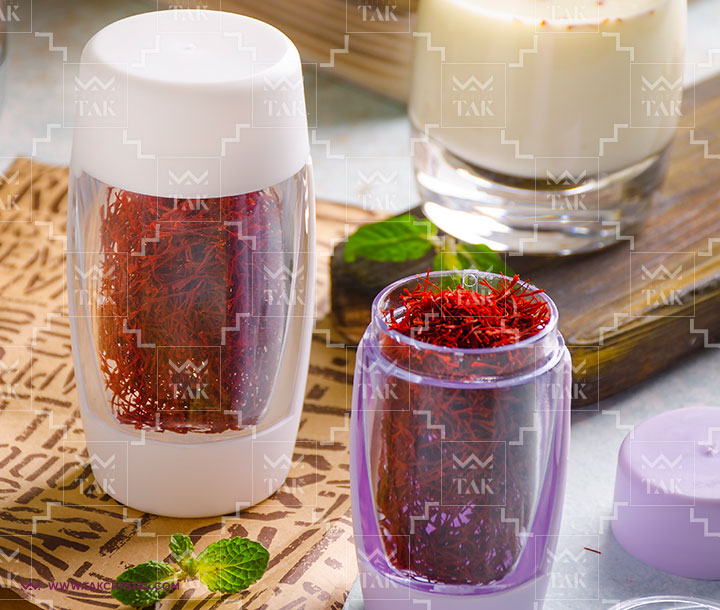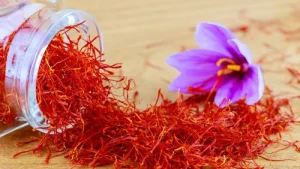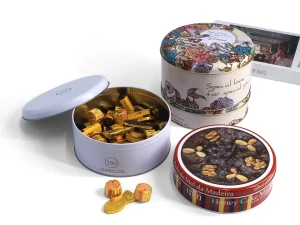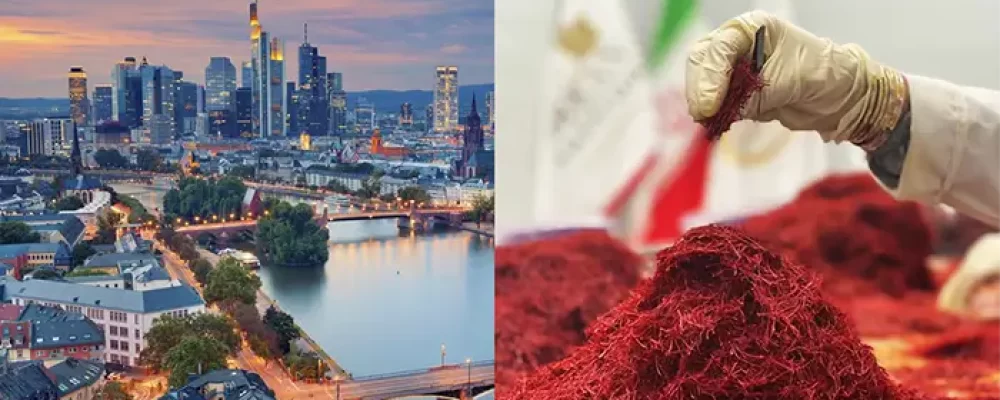Saffron is one of the most valuable and popular products in the world, of which Iran is the largest producer and exporter. But the export of saffron needs to comply with international standards, proper packaging and effective marketing. In this article, we will examine the stages of packing and preparing saffron for export.
- Determining the target market and Export strategy
First of all, you should choose your target market for saffron export. According to the demand, laws, competition and consumption culture of different countries, you should determine your export method. Do you want to export your saffron in bulk or packaged? What kind of saffron do you plan to market? What kind of packaging and branding is suitable for your target market? You should answer these questions with careful research and study. - Supply and installation of saffron
After determining the target market, you must supply and install your saffron. If you cultivate saffron yourself, you should pay attention to the following points:

- Timely harvest of saffron
- Proper drying of saffron
- Separation of different batches of saffron
- Basic storage of saffron
- Saffron quality control
But if you plan to buy saffron from farmers or other producers, you should pay attention to the following points:
- Choosing a reliable and trusted source
- Check saffron samples before buying
- Requesting the necessary certificates to guarantee the quality and health of saffron
- Accurate and transparent accounting regarding the price and weight of saffron
3. Packaging and standardization of saffron in preparing saffron for export
Packing is one of the most important stages of packing and preparing saffron for export. The packaging of saffron should be such that:
- To guarantee the preservation of the quality and properties of saffron
- Increase the attractiveness and credibility of saffron
- Comply with international standards and laws of the destination country
- Enter the necessary information about the name, date, weight, origin and destination of saffron
For packaging saffron, you can use different materials such as plastic, glass, metal, wood and paper. You can also use colors, logos, photos and attractive writings to differentiate and encourage purchases. Of course, you should also pay attention to the cultural points and attitudes of the consumers of the target market.

- Obtaining the necessary permits for the export of saffron
To export saffron, you must obtain the necessary permits from the relevant organizations. These licenses include:
- Commercial card: Commercial card is an official document that gives a person the right to export and import goods. To apply for a business card, you must refer to the Comprehensive Foreign Trade System (SJAM).
- Customs declaration: A customs declaration is a document that contains information about the type, quantity, price, and origin and destination of exported goods. To complete the customs declaration, you must refer to the customs electronic system (Siraj).
- Phytosanitary certificate: Phytosanitary certificate is a document that guarantees the exported product has plant health and does not contain plant pests and diseases. To apply for a Phytosanitary certificate, you must refer to the Organization for the Protection and Improvement of Forests, Ranges and Watersheds (Sahab).
- Standard certificate: The standard certificate is a document that guarantees that the exported product has the province
- The standard is national or international and matches the needs of the destination market. To apply for a standard certificate, you must refer to the Iranian National Standards Organization (ISIRI).
- Transportation and delivery of saffron
After receiving the necessary permits, you must deliver your saffron to the destination country in a suitable way. For this purpose, you must: - Choosing the type of transport: You can transport your saffron by air, sea, land or rail. Each of these methods has advantages and disadvantages that should be considered according to cost, time, security and accessibility to the target market.
- Communicating with the shipping company: You should cooperate with a reliable and experienced shipping company that is able to carry out all the steps of transporting your saffron. You must enter into a contract with the transport company and specify the conditions of transport, insurance, delivery and necessary permits.
- Proper packaging for transportation: You should package your saffron in such a way as to prevent damage during transportation. You should use protective and resistant materials and put saffron in suitable boxes. You should also put the necessary marks on the boxes indicating the name, origin, destination, weight, date, breakability and other necessary information.
- After sales support
After delivering the saffron to the buyer, you must provide after-sales support. This support includes: - Request feedback from the buyer regarding the quality, price, packaging and service of saffron
- Responding to buyer's questions, complaints and requests
- Solving problems and solving buyer's dissatisfaction
- Providing additional services such as discounts, gifts, trainings and consultations
- Maintaining communication with the buyer and building trust and loyalty
If you are looking for suitable and professional packaging containers for your saffron export, we recommend it metal dishes and crystal dishes The company is Crystal Tak.








